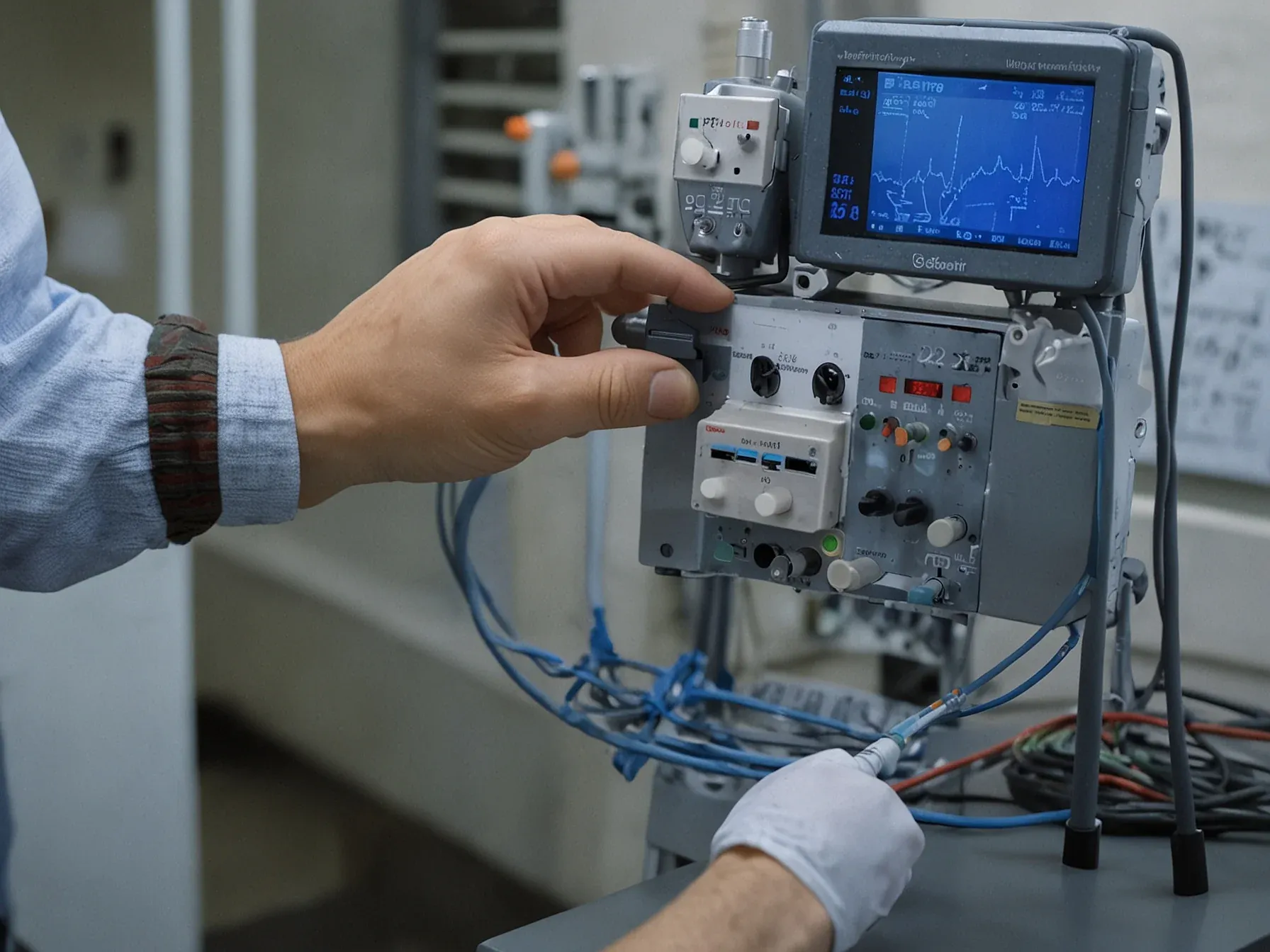
Microsoft's Fara-7B AI agent, rival to GPT‑4o, runs on PC, logs 145k tasks
Microsoft has rolled out Fara‑7B, a new computer‑use AI that runs locally on a Windows PC and positions itself against OpenAI’s GPT‑4o. The model is marketed as a “rival” that can handle everyday software tasks without cloud dependence, a claim that immediately raises questions about how it was trained and what performance looks like in practice. According to the research team, the system hinges on a two‑agent architecture: one component drafts a plan, while another carries out web‑based actions.
Over the course of the experiment the pair produced a staggering 145,000 successful task trajectories, a volume that the authors argue is enough to teach a smaller model to act autonomously. To compress that experience, the team distilled the interaction data into a 7‑billion‑parameter model built on Qwen2.5‑VL‑7B, a base chosen for its long‑context capabilities. This approach underpins the claim that Fara‑7B can match the breadth of GPT‑4o while staying on‑device.
*In this setup, an "Orchestrator" agent created plans and directed a "WebSurfer" agent to browse the web, generating 145,000 successful task trajectories. The researchers then "distilled" this complex interaction data into Fara-7B, which is built on Qwen2.5-VL-7B, a base model chosen for its long con*
In this setup, an "Orchestrator" agent created plans and directed a "WebSurfer" agent to browse the web, generating 145,000 successful task trajectories. The researchers then "distilled" this complex interaction data into Fara-7B, which is built on Qwen2.5-VL-7B, a base model chosen for its long context window (up to 128,000 tokens) and its strong ability to connect text instructions to visual elements on a screen. While the data generation required a heavy multi-agent system, Fara-7B itself is a single model, showing that a small model can effectively learn advanced behaviors without needing complex scaffolding at runtime.
What does Fara‑7B actually deliver? It is a 7‑billion‑parameter Computer Use Agent that runs directly on a PC, sidestepping the need for large cloud‑hosted models. The team reports state‑of‑the‑art results for its size, noting lower latency and enhanced privacy as practical benefits.
In the experimental setup, an “Orchestrator” agent planned actions while a “WebSurfer” agent executed web‑browsing, together completing 145 000 successful task trajectories. Those interactions were then distilled into Fara‑7B, which builds on the Qwen2.5‑VL‑7B base model chosen for its long‑context capabilities. Because the release is labeled experimental, it remains unclear how readily enterprises will adopt the approach, especially given the need to integrate with existing security and compliance frameworks.
Nonetheless, the architecture directly tackles a primary barrier to enterprise adoption: dependence on massive, cloud‑only models. Whether the modest parameter count can sustain the breadth of real‑world tasks without sacrificing accuracy is still an open question. For now, the evidence points to a functional, locally‑run agent, but broader validation will be needed before its claims can be fully trusted.
Further Reading
- Fara-7B: An Efficient Agentic Model for Computer Use - Microsoft Research Blog
- Papers with Code Benchmarks - Papers with Code
- Chatbot Arena Leaderboard - LMSYS
Common Questions Answered
How does Microsoft’s Fara‑7B compare to OpenAI’s GPT‑4o in terms of deployment?
Fara‑7B runs locally on a Windows PC, eliminating the need for cloud servers, whereas GPT‑4o is a cloud‑based service. This on‑device execution gives Fara‑7B lower latency and enhanced privacy compared to GPT‑4o’s remote inference.
What roles do the Orchestrator and WebSurfer agents play in Fara‑7B’s training?
The Orchestrator agent creates detailed action plans, while the WebSurfer agent carries out those plans by browsing the web. Together they generated 145,000 successful task trajectories, which were later distilled into the final Fara‑7B model.
Why was Qwen2.5‑VL‑7B chosen as the base model for Fara‑7B?
Qwen2.5‑VL‑7B provides a 7‑billion‑parameter architecture with a long context window of up to 128,000 tokens and strong text‑to‑visual grounding. These capabilities enable Fara‑7B to understand and manipulate on‑screen elements effectively during computer‑use tasks.
What practical benefits does Fara‑7B claim to offer over larger cloud‑hosted models?
The article notes that Fara‑7B delivers lower inference latency and better privacy because all processing occurs on the user’s PC. Additionally, its 7‑billion‑parameter size achieves state‑of‑the‑art results for a model of this scale, making it a competitive alternative to larger cloud models.




